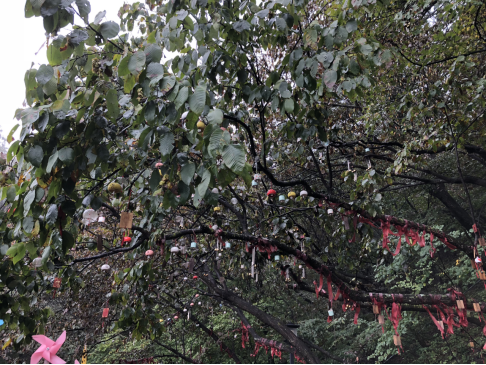【Objective】Chloroplasts are the organelles responsible for the photosynthesis in green plants. The chloroplast genome structure and gene composition of higher plants are relatively conservative, but can show different degrees of variation due to hybridization, evolution and gene introgression. It contains a significant amount of DNA information, which is used in species classification, phylogeny and origin. Carpinus is one of the most evolved genus in the Betulaceae family. Although the chloroplast genomes of more than ten species of Carpinus have been sequenced and assembled, only a few of these have been fully studied. Therefore, this study aimed to understand the chloroplast genome gene composition and structural characteristics of Carpinus, reveal the contraction and expansion of the inverted repeat (IR) region boundary, and lay a foundation for further studies on phylogenetic relationships, species identification, genome evolution and resource utilization and provide a reference for the development of Carpinus DNA barcoding. 【Method】GeSeq was used to annotate the chloroplast genome with Ostrya rehdariana as the reference genome. Then, the number of genes, genomic DNA base composition (GC) content, large single copy (LSC), small single copy (SSC) and two IR regions of the chloroplast genomes of 16 Carpinus species were obtained. The structure, boundary contraction and expansion, and sequence variation were then compared by using OGDRAW, IRscope and mVISTA programs. The phylogenetic relationship of Carpinus was analyzed with Quercus acutissima as an outgroup. 【Result】We found that the chloroplast genomes of 16 species were circular, double-stranded, which were tetrads containing one LSC and SSC and two IRs. The difference in genome size was small, and the maximum difference was only 1 902 bp. The differences in IR region length and GC content among species were small. The gene sequence length and composition were relatively conservative, with the number of rRNAs (8) as the most conservative; however, there was significant diversity at the four boundaries. There were differences in the non-coding regions, and the degree of variation was high; however, the difference in gene coding region was small and highly conservative. Among the four parts of the chloroplast genome, the LSC region had the highest degree of variation, while the IRa region had the lowest. There were significant differences in the coding regions of psbA, rps16, atpA, rps19, ndhF, ndhI and ycf1 genes. In addition, the non-coding regions of the intergenic regions of ycf3-trnS, trnS-rps4, trnH-psbA, psbZ-trnfM, matK-rps16, rps16-trnQ, trnQ-psbK, ccsA-ndhD, accD-psaI, ndhC-trnV, trnT-trnL, trnF-ndhJ, atpB-rbcL, trnT-psbD, trnE-trnT, trnD-trnY, and rpl32-trnL were significantly different. In addition, the coding region length of most genes was very conservative, and the variation of coding gene length of proteins containing introns originated from the change in intron length or coding region length. The phylogenetic tree supported a division of Carpinus and Distegocarpus sections. In addition, due to the significant geographical isolation,C. caroliniana and C. betulus showed a relatively distant phylogenetic relationship with other species of Carpinus. 【Conclusion】The chloroplast genome of Carpinus was highly conservative with little gene sequence differences; no large-scale inversion or gene rearrangement was detected. However, the IRs and SC boundaries had significant diversity. In addition, some genes with significant differences in coding or non-coding regions may provide a reference for developing new DNA barcodes of Carpinus species.
 PDF(15813 KB)
PDF(15813 KB)


 PDF(15813 KB)
PDF(15813 KB)
 PDF(15813 KB)
PDF(15813 KB)

